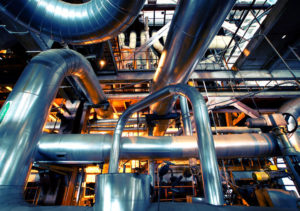 AST Engineering provides full dust collector system evaluation & custom-tailored solutions. We evaluate systems for current regulations future expansion.
AST Engineering provides full dust collector system evaluation & custom-tailored solutions. We evaluate systems for current regulations future expansion.
Dust Collection System Evaluation
AST Engineering provides full dust collection system evaluation based on the contaminant type and required airflow. We offer turn-key solutions which are custom tailored for any client. We can evaluate systems for current regulations or for future additional processes being added.
- Appropriate dust collector type selection
- Calculation and sizing of the dust collector, fan, and ductwork
- Design and drafting in 3D
- Cost estimation of the system
Dust Collection System Evaluation, Design & Costing
AST Engineering can evaluate dust-collection system requirements, design systems to meet your needs and estimate the total cost of operation for the system.
Considerations in Dust Collector System Design
ANSI/ASHRAE 199 suggests a purchaser of the dust-collection system should always consider three criteria in designing or evaluating the system.
Emissions from the Dust Collection System
Filtration efficiency and percentage results are what is exhausted from the dust collector into the environment, after filtration. The system needs to meet absolute emissions performance, i.e. — how much material passes through the collector during normal operation.
Differential Pressure as Filters Age
The energy required to move a given volume of air through a system, as the filters become seasoned, is a significant driver of operational costs. Lower average differential pressure, in general, requires less energy to force air through the filtration component of the system. Also, lower stabilized differential pressure values generally lead to a lower frequency of filter changeouts, which lowers operational costs.
Energy Costs of Running a Dust Collector System
The energy costs include the power required for fans to move the air through the system and the power required to compress the air for pulse cleaning of the filters. Specifications for different types of dust collectors must be taken into account when looking at the overall cost of operation of the system.
Total Cost of Operation
These three interrelated priorities: emissions, differential pressure and energy use must be considered when determining the overall cost of acquisition and operating costs of a dust collection system.
AST Engineering can help you to determine requirements, specify hardware and evaluate costs of operation for a new dust collector system installation. We can also evaluate existing systems to determine if your needs are being met and if there are efficiencies lacking in the system that can be improved upon.
